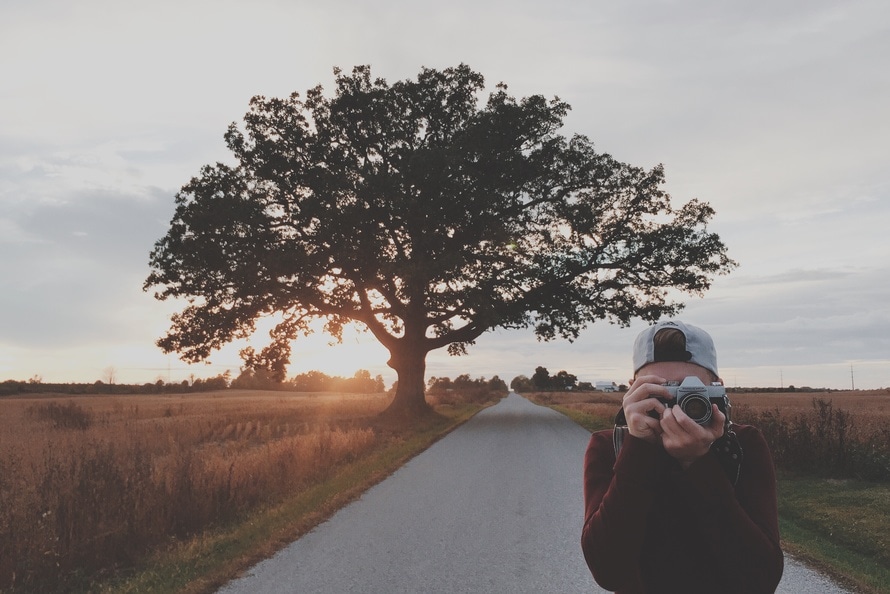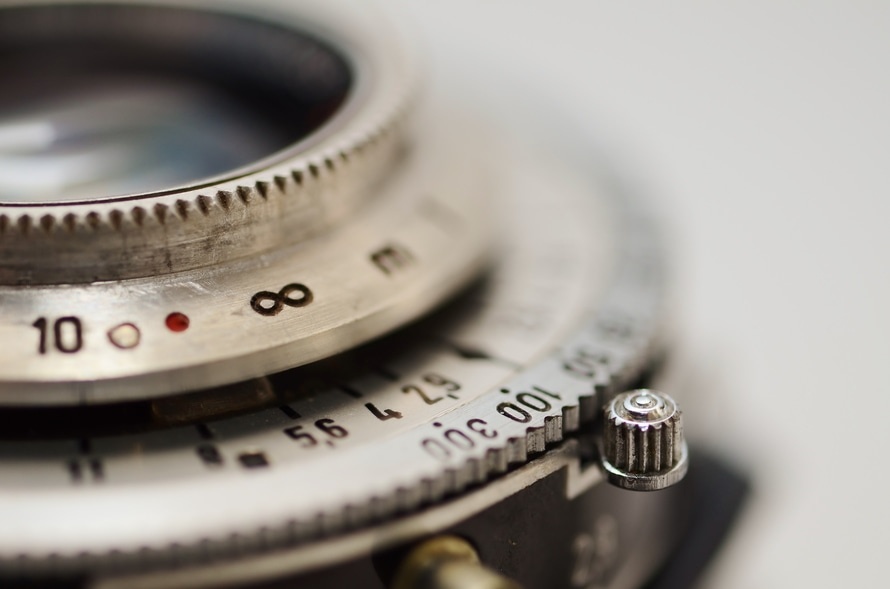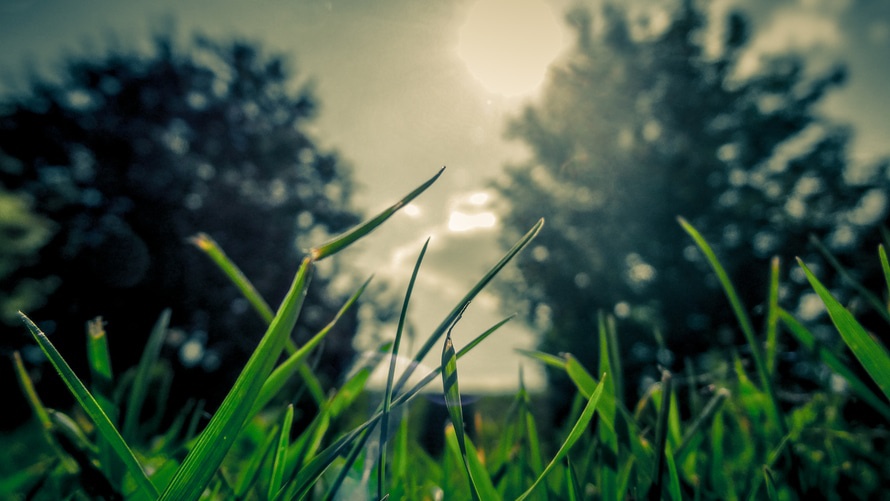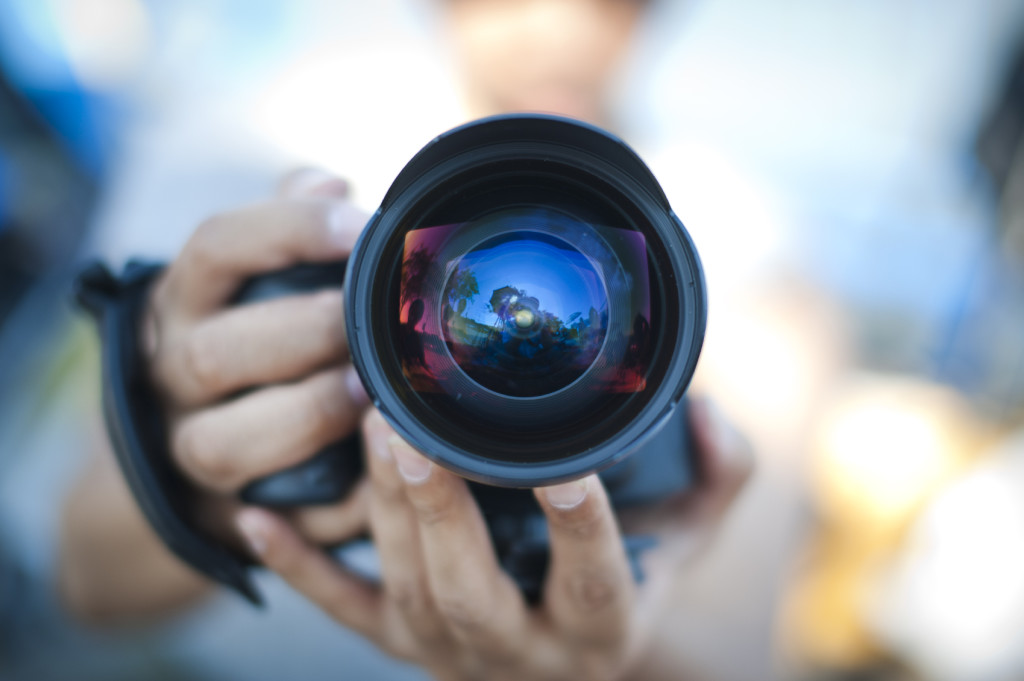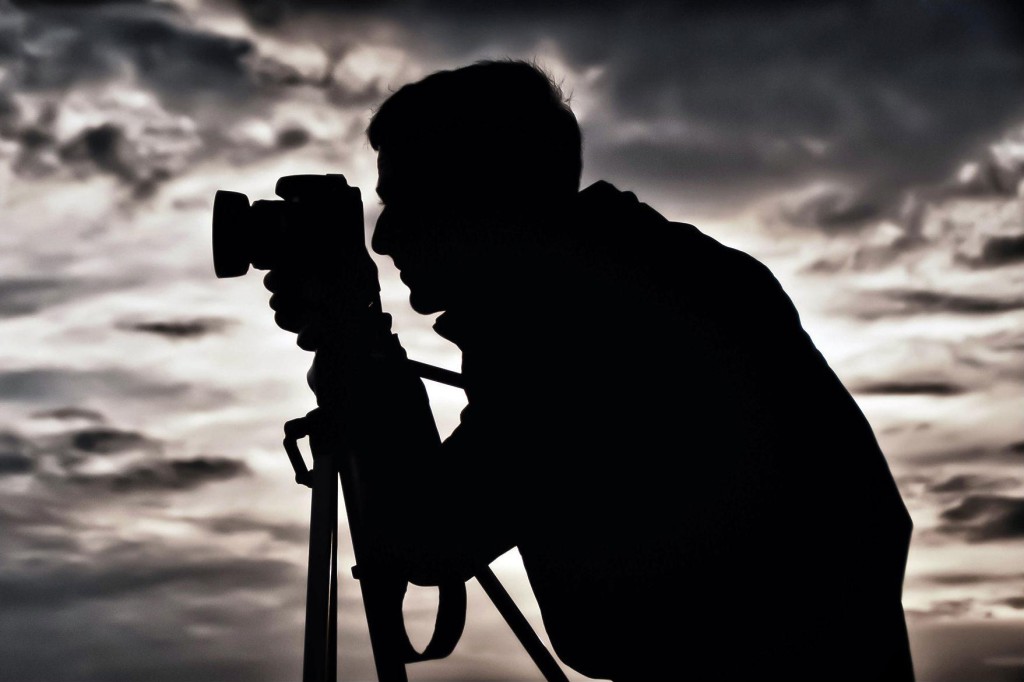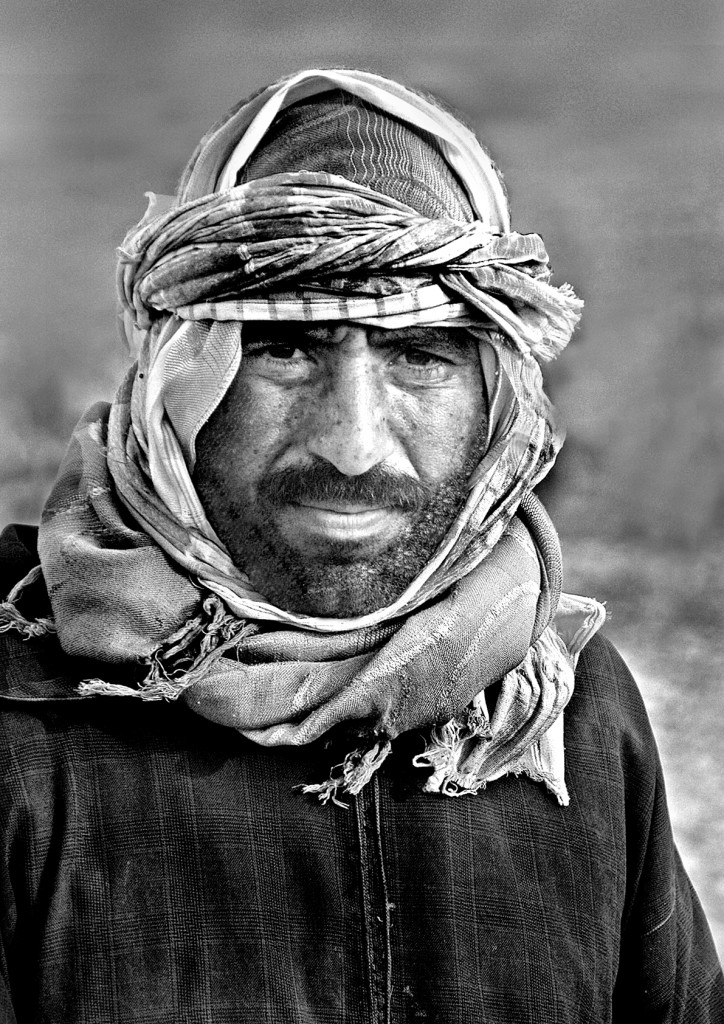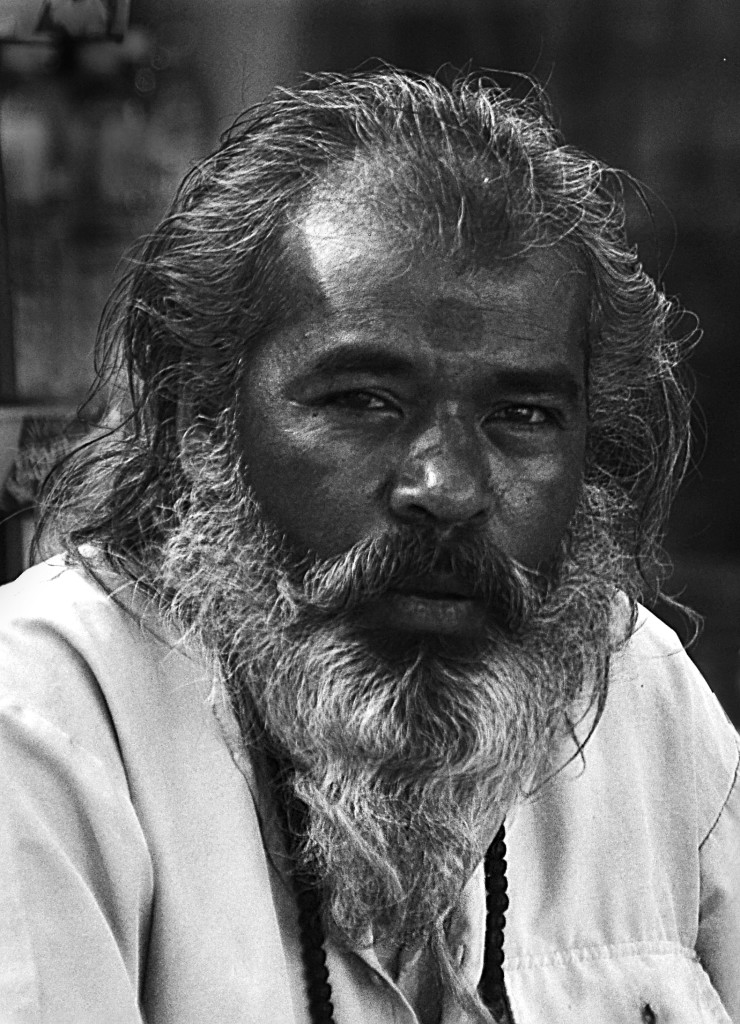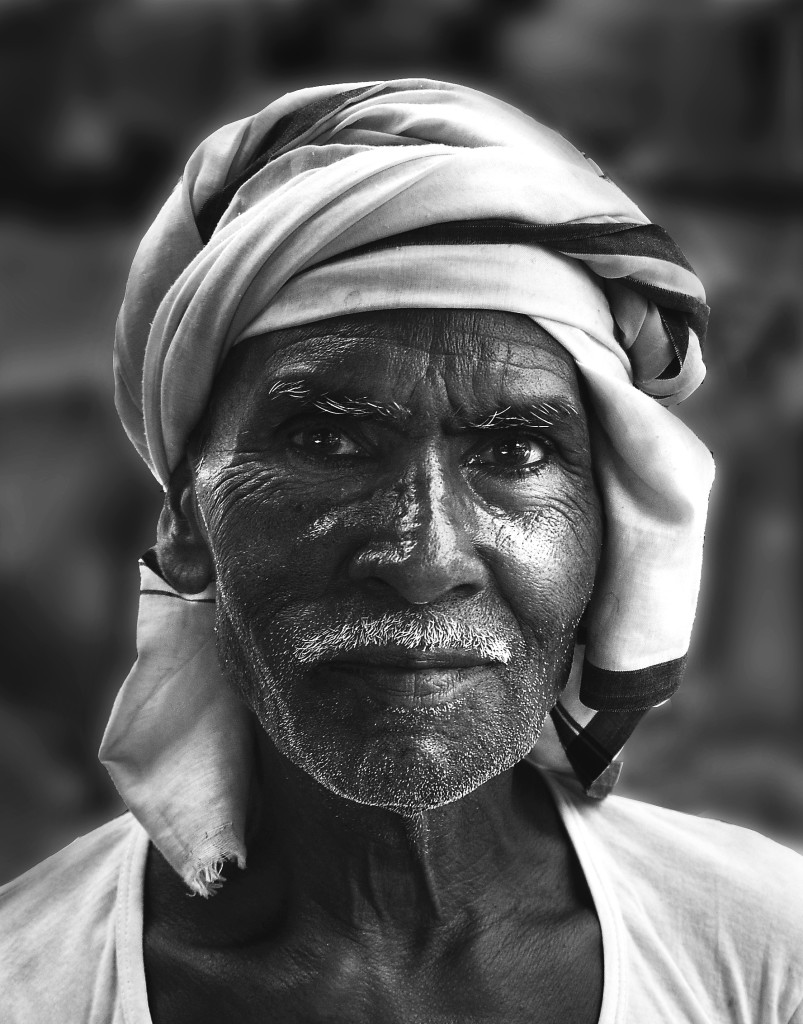When it comes to any piece of art, your subject matter will always be difficult to find. The one thing you need to comprehend before taking your camera out for a spin is that you do not need to take an expensive or an exotic trip to create attractive images. For many people, especially novices, they feel compelled to follow a specific style or popular method that they see online or on in various galleries. While it is important to educate yourself on the new modern day styles of photography, you have to remember that when it comes to a subject, it is not about the piece itself. Instead, it is about the creativity and manipulation that your imagination and photographic skills can push you to when becoming a stronger photographer.
As a photographer with over twenty years of experience, I have used my surroundings and emotions to help identify my subjects within my art. This of course did not come about naturally. Instead, it was developed immediately by my interest within photography. When starting off, you need to get a feel for your camera. The ability to understand every motion, every setting, and every change that can shape and manipulate a photo into its own story is the best thing you can do for yourself as a novice photographer. Once you are able to understand the fundamentals, then you will be able to find your perfect subject. When I first started taking pictures, I was in the United States and used the cities site seeing monuments as a representative of my art. While they were not the best photos, they allowed me to grow as a photographer. Eventually, I was able to hone my subjects in a more story-like portrait.
While you begin to test your camera out, try and use your environment around you as your subject for your photographs. Below, I have provided various subjects that can help you hone your skills as a photographer. For some people, their subjects will come to them immediately. For others, their subjects will take time. Whatever is the case, try and use these subjects to test the boundaries of your camera. Use it as a way to enhance both your skills and your interest. This will eventually lead you to the path of your perfect subject and theme for your photographs.
For many people, we do not have the luxury of walking down the populated streets of Madrid or looking from a bird’s eye view of the Eiffel Tower. While these photographs may be astonishing, they are not the end-all be-all definer for a great photograph. Instead, leverage your surroundings and pick a subject close to you. This can be a patch of grass or a simple street sign. As long as you can interpret the subject in a particular way through its shape and pattern, you will have a strong photograph.
Mimic your Idols
Like any hobby, many people look to well known works to aid with their interest. Mimicking other photographs is never a bad way to get started. Like any great skill, you need to start from somewhere and starting from something you are passionate about is always a great way to grow as a photographer. Once you have done that, try and go beyond the actual copy. Switch up the color, the lighting, or the aperture to enhance or blur out your subject. These new tricks will allow you to go out of your comfort zone and become the photographer you are meant to be.
Photo Trips
Very often, many people practice their photography skills through trips and vacations. This can be a short photo trip such as a one-day session in the city to an entire month excursion in the Amazon. Whatever the situation, utilize your trips and the unknown territory as the subject for your photos. Focus on specific objects, trees, monuments, or animals for the focal point of your photographs. You can even go beyond that and utilize people for portraits.
Landscape Shots
As a photographer, some photos can be born from the simplicity of Mother Nature. That being said, try and consider taking various landscape photographs. With these shots, make sure to maximize your depth of field. To do this, know your rule of thirds as well as your overall focal point for your photograph. This will allow you to set up the perfect shot without leaving anything out in the foreground. Also, take into consideration using a tripod. This will give you total control to focus on the shutter speed and aperture setting for your pieces.
Portrait Shots
After years of taking various photographs, my favorite shots to capture are portrait shots! For me, I believe that portrait photographs provides our viewers with a ‘more than meets the eye’ type of story. While much of this attributes to the subject itself, you as a photographer have total control in manipulating your portraits by utilizing helpful portrait tactics. To do this, try altering the perspective of your shots; instead of taking a full frontal view, switch to a bird’s eye view. In addition, try and break the rules of composition such as the rule of thirds. Give your subject life by creating powerful and intense situations. But most importantly, move your subject around and out of their comfort zone. This type of manipulation will give you more free reigns of multiple shots and different perspectives for your subject.
Create your own Subject
While we can always capture memories with our photos, you can also create your own subject. For many out of the box photographers, they like to create their work of art before capturing it with their cameras. This can be something simple like stacking books together to something more complex like wielding a metal sculpture to your command. Whatever is the case, you are in control of your subject. How you want it to look, what you want it to represent will be the true definer of your art.
Go into the Unknown
For many photographers, the true fun is in the hunt of their subjects. While this does not take an extravagant amount of effort, it does entail some energy to seek and find rare and obscure subjects such as a football tackle or a rainbow. For these subjects, it is all about patience. Yes, this can be tedious, but when you capture that perfect movement, it makes all of that time worth it.
